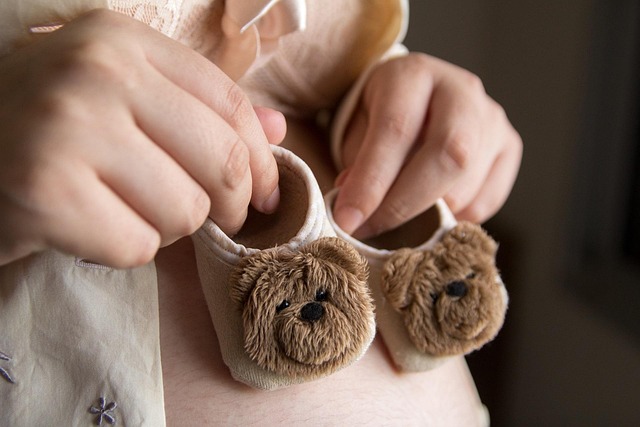Abstract: In the realm of parenting, an unusual phenomenon has emerged where children tend to overlook the capabilities of their fathers, often seeking help solely from their mothers. This narrative explores an encounter between a father, Alex, and his son, Ethan, highlighting the importance of recognizing fathers as active participants in caregiving and domestic responsibilities.
Introduction
During a quiet evening, I found myself on the couch with my son, Ethan, as we prepared for a movie. It was then that he brought to my attention some small tears on his beloved stuffed Pikachu, a cherished Christmas gift. Ethan had been inseparable from this plush companion for weeks. However, when I offered to mend the holes, he regarded me with a look akin to disbelief—almost as if he were scrutinizing a would-be captor.
Observation
“Dads don’t sew,” he declared, shaking his head as if I were violating a fundamental truth. My wife, Sarah, seated nearby with her laptop, interjected, “Actually, Dad can sew. I’ve seen him do it.” This prompted Ethan to approach her, attempting to hand over his Pikachu, as if demanding immediate attention to the matter.
This behavior is not isolated to our household; many parents observe similar patterns. Children frequently assume that their mothers are the only ones equipped to meet their needs, disregarding the capabilities of their fathers. It is a common sight for mothers to face the frustration of being interrupted during tasks—whether cooking dinner or managing household duties—while children demand snacks or assistance, despite their father being nearby.
Discussion
As a father, I take pride in my role, and I know numerous dads feel the same way. Yet, there often seems to be a barrier preventing my children from accepting my help, especially when their mother is present. It’s perplexing how they will sometimes refuse assistance simply because it comes from me instead of her. I’ve experienced instances where my children have resisted basic requests—be it pouring a glass of milk or putting on their shoes—because I was the one offering assistance.
Sarah works part-time and is the primary caregiver, but I want to contribute beyond merely being the breadwinner. I enjoy participating in our children’s lives and want them to appreciate that my involvement is equally valuable. Whether it’s sewing, cooking, or caring for their younger sibling, I want to challenge the notion that these tasks are solely a mother’s responsibility.
In the past year, I have taught Ethan various essential life skills, from cleaning a toilet to cooking simple meals. Each time, I notice a hint of skepticism in his eyes, but I remain optimistic that he will eventually grasp the significance of shared responsibilities in parenthood.
Conclusion
After a brief struggle, I managed to sew up Pikachu’s small holes. Although I did not achieve perfection, the repairs were adequate, and I presented the stuffed animal back to Ethan with a grin, saying, “See? Good as new.” He offered a mixed expression of joy and embarrassment. As I playfully suggested that he might want to try sewing next time, I felt a sense of accomplishment, knowing I had contributed positively to his understanding of parental roles.
In a world where parenting roles are evolving, it’s vital for children to see their fathers engaging in all aspects of caregiving. For more insights on family dynamics and parenting, check out this excellent resource on pregnancy and home insemination from Healthline.
If you’re interested in exploring home insemination options, consider visiting CryoBaby’s Home Intra-Cervical Insemination Syringe Kit Combo or the BabyMaker Home Intra-Cervical Insemination Syringe Kit Combo for more information.
Summary
This article underscores the importance of recognizing fathers as equal caregivers, urging children to seek assistance from both parents. It emphasizes that parenting is a shared responsibility, promoting the idea that men can and should take on traditionally maternal roles.
Keyphrase: Dads as caregivers
Tags: [“home insemination kit”, “home insemination syringe”, “self insemination”]
